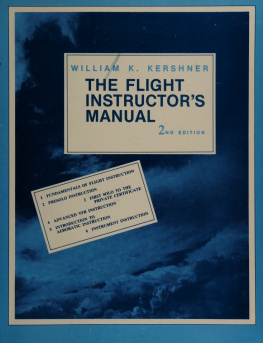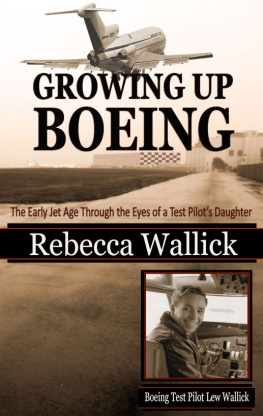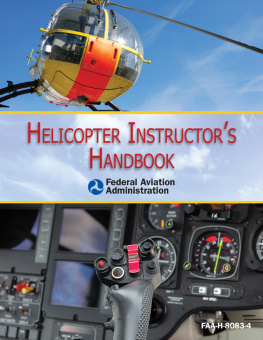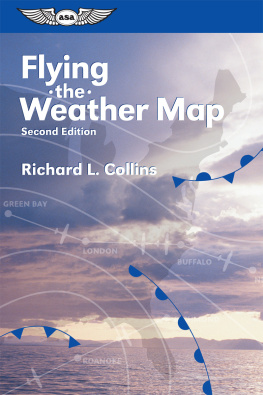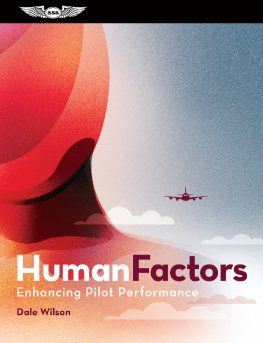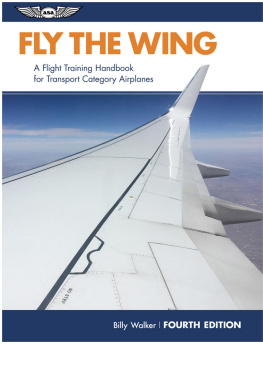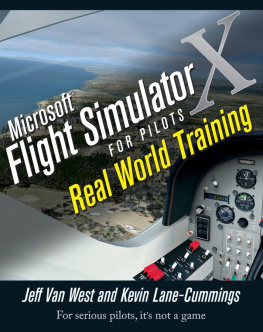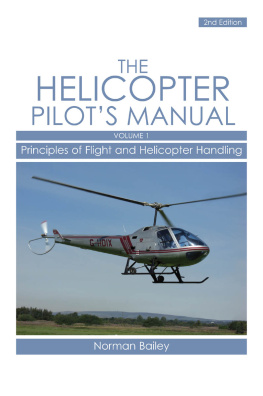This book made available by the Internet Archive.
TO MAC AND SARAH LISENBEE
WILLIAM K. KERSHNER began flying in 1945 at the age of fifteen, washing and propping aiqjlanes to earn flying time. By this method he obtained the private, then the commercial and flight instructor certificates, becoming a flight instructor at nineteen. He spent four years as a naval aviator, most of the time as a pilot in a night fighter squadron, both shore and carrier based. He flew nearly three years as a corporation pilot and for four years worked for Piper Aircraft Corporation, demonstrating airplanes to the military, doing experimental flight testing, and acting as special assistant to William T. Piper, Sr, president of the company. Kershner holds a degree in technical journalism from Iowa State University. While at the university he took courses in aerodynamics, performance, and stability and control. He holds the airline transport pilot, commercial, and flight and ground instructor certificates and has flown airplanes ranging from 40-HP Cubs to jet fighters. He also is the author of THE STUDENT PILOT'S FLIGHT MANUAL, THE INSTRUMENT FLIGHT MANUAL, THE FLIGHT INSTRUCTOR'S MANUAL, and THE BASIC AEROBATIC MANUAL. Kershner operates a one-airplane, one-instructor acrobatic school using a Cessna 152 Aerobat. He received the General Aviation Flight Instructor of the Year Award, 1992, at the state, regional, and national levels. The Ninety-Nines awarded him the 1994 Award of Merit.
ILLUSTRATED BY THE AUTHOR
1994 William K. Kershner. Previous editions and printings 1985, 1976, 1970 Iowa State University Press, Ames, Iowa 50014 All rights reserved
Orders: 1-800-862-6657
Office: 1-515-292-0140
Fax: 1-515-292-3348
Web site: www.isupress.com
No part of this book may be reproduced in any form or by any electronic or mechanical means, including information storage and retrieval systems, without permission in writing from the copyright holder, except for brief passages quoted in a review.
Printed on acid-free paper in the United States of America
Fourth edition, 1976 Fifth edition, 1985 Sixth edition, 1994
1962, 1965 as The Private Pilot's Flight Manual
Library of Congress Cataloging-in-Publication Data
Kershner, William K.
The advanced pilot's flight manual: including FAA commercial knowledge test questions (airplanes) plus answers and explanations and practical (flight) testAVilliam K. Kershner.6th ed. p. cm.
Includes bibliographical references (p. ) and index.
ISBN 0-8138-1303-4 (alk. paper)
1. AirplanesPiloting. I. Title TL710.K42 1994
629.132'52dc20 94-29137
Last digit is the print number: 9
INTRODUCTION
TO THE FIRST EDITION
IT HAS LONG BEEN the writer's opinion that the average pilot could learn the basics of airplane performance very easily if the involved mathematics were bypassed. One of the purposes of The Advanced Pilot's Flight Manual is to bridge the gap between theory and practical application. If pilots know the principles of performance they can readily understand the effects of altitude, temperature, and other variables of airplane operation.
GAMA (General Aviation Manufacturer's Association) and the FAA together have established a Pilot's Operating Handbook, which will include information now scattered among several different sources. It has a standardized format so that the pilot can quickly find information (for instance, emergency procedures), whether flying a Piper, Cessna, or other makes. The older planes will still have several sources for finding operating information. Pilot's Operating Handbook will be used as a general term to cover all sources of information available to the pilot.
When it is said here for instance, "You can find the center of gravity limits in the Pilot's Operating Handbook," the term is meant to cover all sources of information currently available to the operator. You may be able to open the Owner's Handbook and get this information or you may have to go out to the airplane and look at something called "Operations Limitations" or "Airplane Flight Manual."
So, rather than repeat each time, "You can find this information in either the Owner's Handbook (or Owner's Manual) or Pilot's Handbook, or Flight Handbook, or Airplane Flight Manual, or "Operations Limitations," or in the form of placards or markings," the writer has used one term: Pilot's Operating Handbook (POH).
Thumb rules are used throughout as a means of presenting a clearer picture of the recommended speeds for various performance requirements such as maximum range, maximum endurance, or maximum angle of climb. Such rules of thumb are not intended in any way to replace the figures as given by the POH or comparable information sources, if available. However, the knowledge of even the approximate speed ranges for various maximum performance requirements will enable pilots to obtain better performance than if they had no idea at all of the required airspeeds. Naturally, this practice must be tempered with judgment. If a pilot flies a rich mixture and high power settings until only a couple of gallons of fuel are left, setting up either the rule of thumb or the manufacturer's recommended airspeed for maximum range still won't allow making an airport 75 mi farther on. The same applies to maximum endurance. Waiting to the last minutes of fuel to set up the maximum endurance speed will have no perceptible effect on increasing endurance.
Many of the rules of thumb are based on the use of calibrated stall airspeeds, which are in turn based on the max certificated weight of the airplane (unless otherwise noted). Airplane weight variation effects on recommended airspeeds are to be ignored unless specifically mentioned.
The material in this booiv includes what the writer believes is of the most interest to the pilot who wants to go more in detail about airplane performance. For instance, the chapters on checking out in advanced models and types are intended to cover the questions most often asked by pilots checking out in those airplanes.
It is hoped that the material whets the reader's desire for more information. If so, then the mission of this book will have been accomplished. The books listed in the Bibliography are recommended for further study.
ACKNOWLEDGMENTS
INTRODUCTION
TO THE SIXTH EDITION
THE PURPOSE of this edition is to update material, to go more deeply into basics of flight instruments and navigation, and to include 651 questions for airplanes from the R\A Commercial Pilot Knowledge Test, with answers and explanations. In recent years the tendency in flight training is to pass too lightly over the fundamentals, and there has been some decline in the ability of pilots to fly an airplane to the edges of its envelope. Some math is included to allow the aspiring professional pilot to better understand the basics of airplane performance and other factors that affect the operation of a particular airplane.
The writer has been fortunate in having knowledgeable people available to comment on the manuscripts for each edition and would like to thank the following people for their help (these acknowledgments are not meant to imply endorsement of The Advanced Pilot's Flight Manual by any of the organizations mentioned and should not be construed as such).


